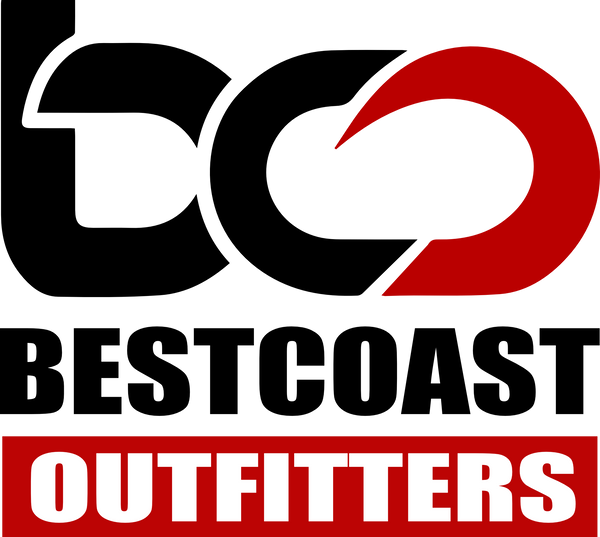The Power Position
Share
By Alex Matthews
A sea kayaker’s posture in a boat is important. Firstly - you must be comfortable. Your seated position should promote sitting up straight, which leads to better body mechanics. In order to paddle to your full potential, you also need to achieve a position that provides a very positive physical connection between you and your kayak.
So make your mother proud and sit up straight in your boat. Imagine a steel rod coming down from the heavens and going through the top of your head, and down along your spine. A straight back (rather than a hunched, or curved one) makes twisting along the length of the spine far easier and increases the range of motion possible. Make sure that you are resting on the sit bones in your butt, and strive to keep your lower back straight too. Try to rotate your pelvis forward, with your vertebrae in vertical alignment, rather than sitting hunched with a rounded back. Tightening up the seat back or back band will support your lower back, and help keep you sitting tall. Your legs should be slightly bent with your feet on the pedals, and your knees tucked up under the foredeck and thigh hooks, so that you have a solid connection with the kayak.
The boat’s outfitting should be adjusted so that you are comfortable in the kayak and can positively grip the kayak simply by flexing your legs. Closed cell foam can be glued in to customize the fit. Aim for snug, but not tight. Hip pads that keep you located in the seat (rather than sliding wildly side to side) are fine. But do not fit hip pads that are so tight that they lock your pelvis in one static position and prevent you from moving. Bear in mind that your clothing system will change depending on conditions, seasons, and your paddling mission. If the fit of your cockpit outfitting is really snug when you’re wearing only board-shorts, then it will be overly tight once you don a wetsuit or drysuit and additional thermal layers.
Never modify outfitting, or the fit of your kayak, in any way that makes it difficult to wet exit instantly in case of capsize or emergency.
The Power Position
Sea kayaking can expose a paddler to the formidable forces of water (especially when confronting wind, waves, and currents), and injuries can occur. The most common injuries are relatively minor ones like blisters, or sore muscles. Unfortunately, shoulder injuries and even shoulder dislocations are a real potential injury – especially in the surf zone. But you can keep your shoulders safe if you maintain the ‘Power Position’.
The Power Position simply consists of keeping your hands in front of your body at all times. Another way to think of this is that your arms, chest and paddle shaft form a box when you hold your paddle out in front of you, and you should maintain this box when taking any type of stroke.

This doesn’t mean that you can’t reach to the back of your boat with your paddle blade. But it does mean that in order to do so - and maintain your power position - you’ll need to rotate your whole upper body so that your hand stays in front of you.

Rotation
The goal of the Power Position is to always maintain some shock-absorption potential in your arms and shoulders. To this end, always keep your hands in front of you. And strive to keep your hands low and arms bent, during braces. Maintaining the Power Position ensures that your shoulders are set up to be able to smoothly absorb the impact and force of a paddle blade loading in dynamic or unexpected ways.

Low Brace

High Brace Lean Turn
So - if you want to sweep your paddle blade to the stern of your kayak, for instance - don’t isolate an arm by sitting facing forward, with a hand trailing behind you. In that posture, there is no shock absorption possible should your arm be forced further back. The arm and shoulder are at the very end of their range of motion, and therefor highly vulnerable to injury.
Instead, sweep your paddle toward the stern by rotating aggressively from the waist. This will maintain your Power Position, keeping your hands in front of you (protecting your shoulders), and unlock the power of torso rotation.
Torso Rotation
Instead of relying solely on just arm and shoulder muscles, twisting powerfully from the waist gets your whole body and torso in play. You push off of your foot pedals to sweep your paddle through the water, driving the stroke with torso rotation. Torso rotation is the way to get your front and side stomach muscles involved with your strokes. With good rotation, you should be working your latissimus dorsi muscles, or “lats”, too. Using these larger muscles will let you paddle harder, faster, and for longer.
Get into the habit of watching your active paddle blade when working to maximize torso rotation. When you turn your head, your body typically follows. Keep your hands in front of you, keep them low when bracing, and think about driving your strokes with torso rotation, rather than just independent arm motion.
